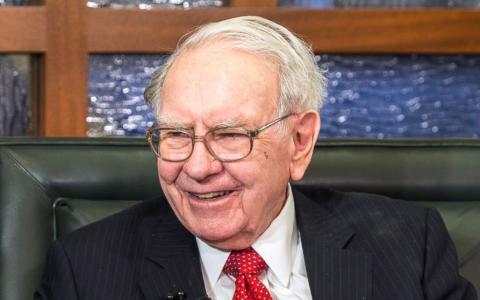
Warren Buffett once wrote that investors would have seen the dot-com crash coming from a mile away had they paid attention to what he described in a Fortune article in 2001 as “probably the best single measure of where valuations stand at any given moment.”
Known in investing circles as the “Buffett Indicator,” the measure is simply the total market cap of all U.S. stocks relative to the country’s GDP. When it’s in the 70% to 80% range, it’s time to throw cash at the market. When it moves above 100%, it’s time to lean toward risk-off.
Apply that yardstick worldwide, and, as you can see by this chart from Die Welt market analyst Holger Zschaepitz, a sell signal is flashing. In fact, the indicator just broke through a 30-month high:
Over the past two decades, global markets have taken big hits on three occasions after the ratio broke into triple digits — In 2000, 2008 and again in 2018.
Meanwhile, drilling down into the market in the U.S., where stocks are holding up strong in the face of the coronavirus pandemic, shows the indicator is up in all-time record territory.
Yet, for now, the U.S. stock market keeps churning out gains. At last check, the Dow Jones Industrial Average was up more than 200 points, while both the S&P 500 and Nasdaq Composite were also firmly in the green in Wednesday’s session.
As for Buffett, he’s been much more active of late, having faced criticism for his lack of maneuvering during the coronavirus meltdown. Still, Berkshire, despite ramping up buybacks and building its position in Bank of America, sits on $146.6 billion in cash.
This article originally appeared on MarketWatch.



